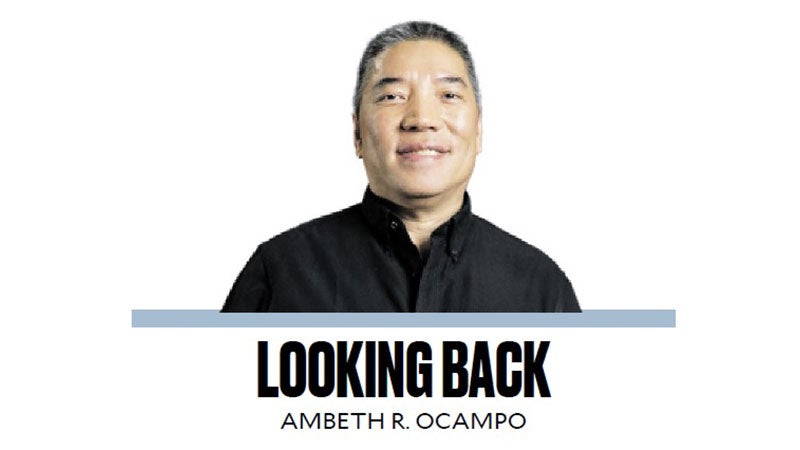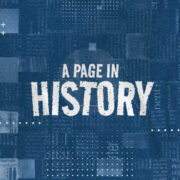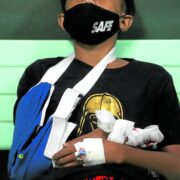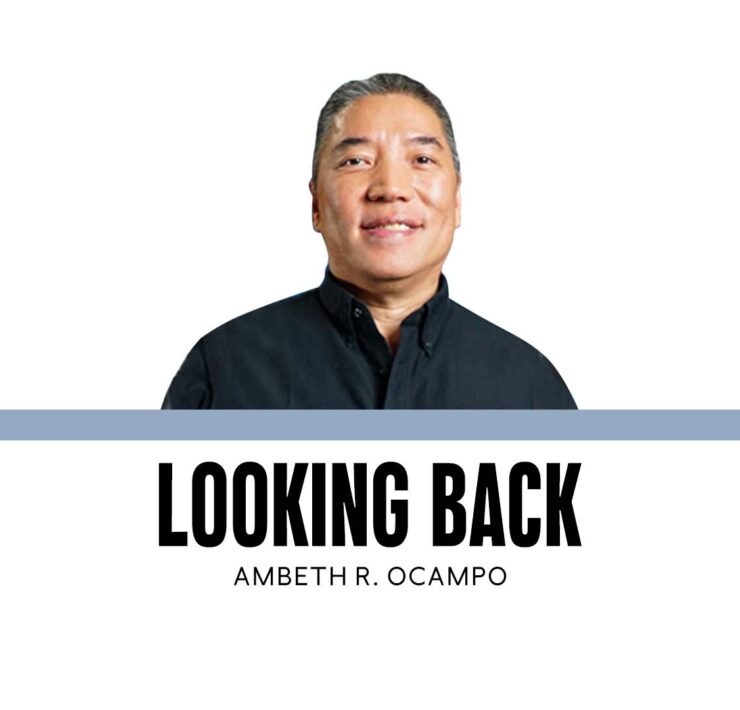Excerpt from a draft memoir

Found the draft of a memoir in my files. Rereading the part of my life in a cloister made me wonder when I would return and complete it. People always ask why I chose a contemplative order since I was not particularly devout. I had no connection to San Beda, the Abbey or the monks. At the time I entered the cloister, roughly two-thirds of my life was spent under the Ateneo Jesuits. God does call in strange ways.
It was ironic that the first Benedictine I ever met was an ex-Benedictine. He was a short, handsome man who left the cloister and ended up as museum director, first at the Ayala Museum and later at the National Museum of the Philippines. Fr. Gabriel (Arturo) Casal spoke with a heavy Spanish accent that went well with his mestizo good looks. He was, I heard, a man with a short fuse whose face could transform in an instant, from angelic as his patron saint to the contrabida Eddie Garcia he resembled remotely in his advanced age. While discussing the biggest bequest of Juan Luna paintings to the museum, I could not help but notice the clutter in his office, dominated by a pair of oversized stuffed chairs in orange leatherette that was so tacky it was hip. By force of habit, my eyes scanned the room and focused not on the papers and files that littered his desk but on an ancient marble head, the size of a golf ball, given to him as a gift by a Spanish abbot who had wrenched it off from some ancient Roman sarcophagus.
I mentioned in passing that folks at home complained about a presence that allegedly emanated from the prehistoric Philippine pottery I was collecting. My mother was not particularly pleased when she found out these were grave furniture, looted from archeological sites by pothunters before the National Museum got wind of them. Spirits and heritage laws did not bother me at the time, I was drawn to these crude earthenware vessels by an appreciation of their age—10th-century or earlier—and the idea that these shiny red vessels of pleasing shape accompanied our ancestors on their journey to the underworld.
I asked Father Casal if he did house calls to pacify the terrified help. His eyes opened wide as his lips pursed into a disdainful smirk, then pointing to two prehistoric limestone burial jars on a shelf behind him, he declared: “One of these burial jars still contains human bones, how come I am not haunted?” Then, from his desk drawer, he handed me two aluminum medals that bore the image of St. Benedict on one side and a cross with mysterious letters on the reverse. “These are powerful medals,” Father Casal explained, “they should do the trick because these have been given a blessing so special that no prayers are required to use them. Place one in your car and forget about it, put the other one in a room with the pots, and if your household is still bothered by spirits after a week, I shall go and bless your house.”
Driving home from the National Museum that evening, I stopped at a red light along Quirino Avenue and a jeepney crashed into the passenger side of my car. I looked at the medals Father Casal had given me a quarter of an hour earlier and was tempted to throw them out the window because they did not protect my car from an accident. I should have been grateful though that I was unhurt. When I stepped out to assess the damage, I saw the reckless jeepney driver scratching his head and took it to mean he had no insurance and no money to pay for repairs. The jeep’s fender lay on the street, its headlights broken and part of the hood was like crumpled aluminum foil, but my car that absorbed the impact had nary a scratch. I returned to the car and drove off, dumbfounded as the jeepney driver. This time I gave the medals a second, now appreciative, look. Needless to say, the medals put the mischievous pot spirits in their place, too.
The next day, intrigued by all this, I went to the Rizal Library reference section to read about the medal of St. Benedict—a sacramental cleansed and empowered by a double exorcism—then I was led to read more about: Benedict of Nursia, founder of Western Monasticism and patron of Europe; the Order of St. Benedict; the Benedictines; and Benedictine congregations. I ended up reading about monasticism and monastic life and remembered my first visit to the Abbey Church of Our Lady of Montserrat. I recalled that Father Casal was formerly connected with this monastery, so I decided to visit it again for vespers and was attracted once more by the monks chanting. Before long, I attended vespers regularly at 6 p.m., and started to think of the psalms, often wondering if the monks knew or appreciated what they were praying, because some passages seemed out of place for their violence. One called on God to rise up and “strike the enemy on the mouth and break all their teeth.” Another called on God to take the children of the enemy and dash their heads on rocks. Most people would be bothered by these words, but the cursing psalms were like a soothing balm on my bruised spirit. I probably attended regularly because when I called the wrath of heaven upon the earth, I had specific people in mind.
—————-
Comments are welcome at aocampo@ateneo.edu
Ambeth is a Public Historian whose research covers 19th century Philippines: its art, culture, and the people who figure in the birth of the nation. Professor and former Chair, Department of History, Ateneo de Manila University, he writes a widely-read editorial page column for the Philippine Daily Inquirer, and has published over 30 books—the most recent being: Martial Law: Looking Back 15 (Anvil, 2021) and Yaman: History and Heritage in Philippine Money (Bangko Sentral ng Pilipinas, 2021).


















Asean strategy for sovereignty amid tariffs, tensions